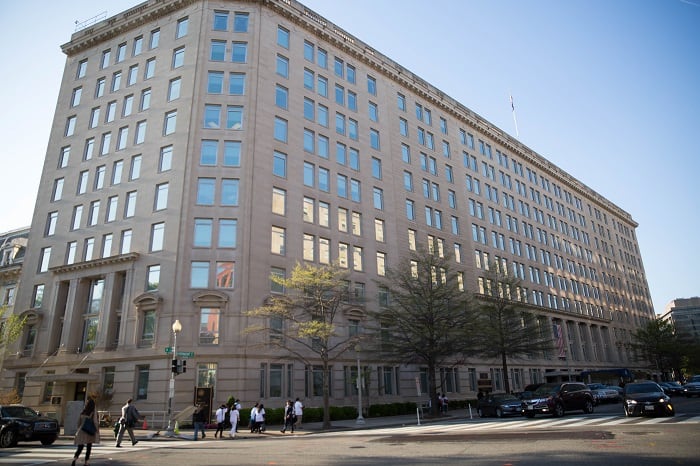The Navy's top personnel officer said the two enlisted retention boards, which booted 2,946 sailors, fixed overmanning problems, but he also admitted it sowed mistrust in the ranks that persists.
In an interview a few weeks after a federal appeals court dismissed a lawsuit against the Navy, the chief of naval personnel promised not to hold another ERB on his watch.
"It didn't resonate well with fleet sailors and their commands," Vice Adm. Bill Moran said. "They felt that it wasn't a fair process in that the fleet lost some really good sailors."
Many sailors were left "in the dark" about the necessity of the board and how it was conducted, Moran said.
When he took over as CNP in 2013, Chief of Naval Operations Adm. Jon Greenert told Moran he wasn't going to allow another ERB while he was the Navy's top officer.
"So I asked a lot of questions about the ERB when I got here, the causes and the effect and if there were other means to get at the same ends," he said. "I think everybody in our organization learned a lot of hard lessons."
But you won't see any policy changes or instructions forbidding the ERB process for sailors before they've reached their 20-year mark — you'll have to take Moran and Greenert at their word.
The Navy relies on the same authority for officer early retirement boards and senior enlisted boards, both of which force out the retirement eligible.
'Finished' with drawdown
At the time of the ERBs, Moran said, the Navy was looking at deeper manpower cuts. At the same time, amid the drawdown, it was clear some rates had become "overmanned to the point where there was significant [advancement] stagnation," he said.
What officials didn't see coming was the way the ERB suffocated deckplate morale.
"I think we, leadership, lost their confidence," Moran said. "The second- and third-order effects were this loss of trust, if you will, by sailors out there — not only those who were selected as part of ERB for separation [but also] those remaining who felt threatened by it."
Officials are now focused on voluntary separation methods.
"We've got our organization focused on stabilizing rates, stabilizing advancement, stabilizing retention through the means we have available with the voluntary tools we have at our disposal, the tools to manage the force going forward, because we are finished with the drawdown," Moran said.
Over a decade, the Navy cut 60,000 active duty and 30,000 reservists.But there are no more cuts on the horizon, Moran said.
"We're past that now, and we're very stable in terms of our total end strength," he said. "We're now looking at [an end strength of] 324,000 to 325,000 sailors for as far ahead as our budget allows us to look."





